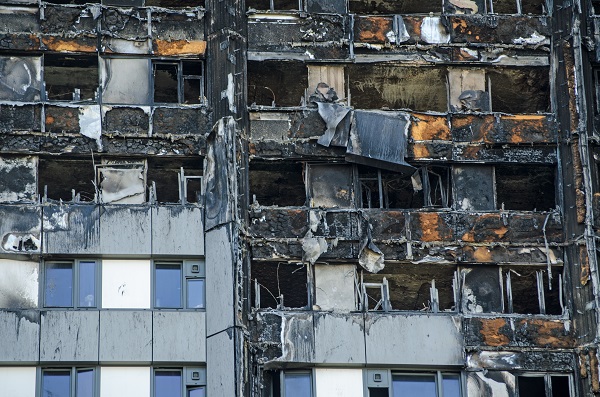Insurance industry warns against unspecified products

Builders are being warned that using non-compliant alternatives for specified products can have the effect of voiding professional indemnity insurance (PII) policies.
The Insurance Council of Australia has already issued alerts on the issue following an increased substitution of specified products with non-conforming substitutes, and a sharp rise in claims and commensurate losses.
There has been a growing number of claims in recent years, many for more than $50 million. A recent survey of the market showed that for every $1 of premium collected, more than $3.40 is paid out in claims.
Insulation Australasia is the latest body to join the chorus, warning that work involving such materials will no longer by covered by most PII policies.
Insurance Council of Australia head of risk and operations Karl Sullivan says that substation of non-compliant materials is sometimes done near the final stage of construction, or without the full understanding of all parties involved, leaving an accurate account of the building’s composition unaccounted for.
He believes this challenge requires a consistent approach from all state and territory governments which is not currently happening.
“Unfortunately, the Australian building and construction industry is becoming increasingly risky for insurers – hence the recent introduction of exclusions for some liabilities and growing difficulty for owners with major building defects in finding insurance cover.”
He adds that a number of points need to be clarified about PII claims, including the fact that the policy holder must have insurance at the time the claim is made, not just at the time when the service was carried out.
“Several states have enjoyed a recent construction boom, with an increased volume of non-compliant building materials being installed in Australian homes and commercial buildings. This is obviously a major concern for our industry.”
Insulation Australasia chairman Scott Gibson says that despite legislation and standards, the ‘cost down’ approach to construction and proliferation of the Design and Construct model has create an environment where compliance oversight and site supervision is low, leading to the substitution of unspecified products over specified ones.
“Due care must be taken to ensure all building materials and engineered solutions are fully compliant. Importantly, those substituting products for non-compliant alternatives should be held accountable.”
Scott believes that site governance has been deteriorating for some time, due to the lack of impartial site supervision, coupled with the disempowerment of architects, engineers and certifiers across the construction landscape.
“The pursuit of cost down has overreached, contributing to a high-risk environment for building practitioners and insurers.”
